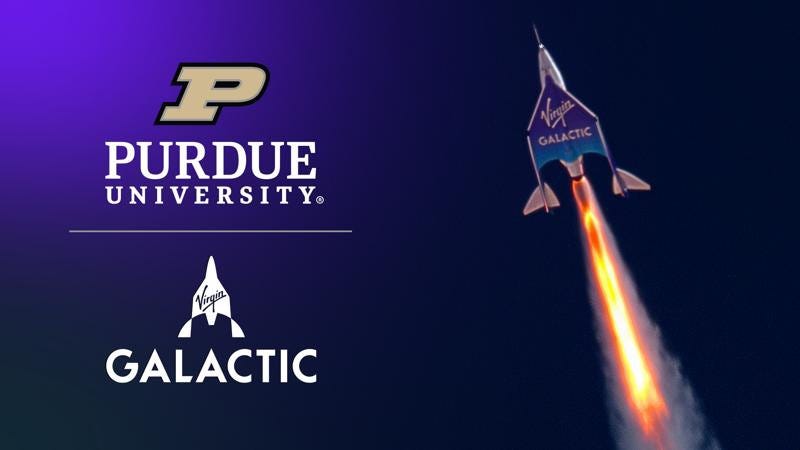All-Boilermaker Team to Crew VG Suborbital Mission
School has 30 Alumni Who Have Flown in Space
Building on its space legacy, Purdue University is pursuing a groundbreaking opportunity — research and learning aboard a Virgin Galactic suborbital spaceflight with an all-Boilermaker crew.
“With students, faculty and alumni all together, we are challenging the notion that a university is restricted to a geographical location on Earth.”
Arvind Raman, Pu…
Keep reading with a 7-day free trial
Subscribe to The Journal of Space Commerce to keep reading this post and get 7 days of free access to the full post archives.



